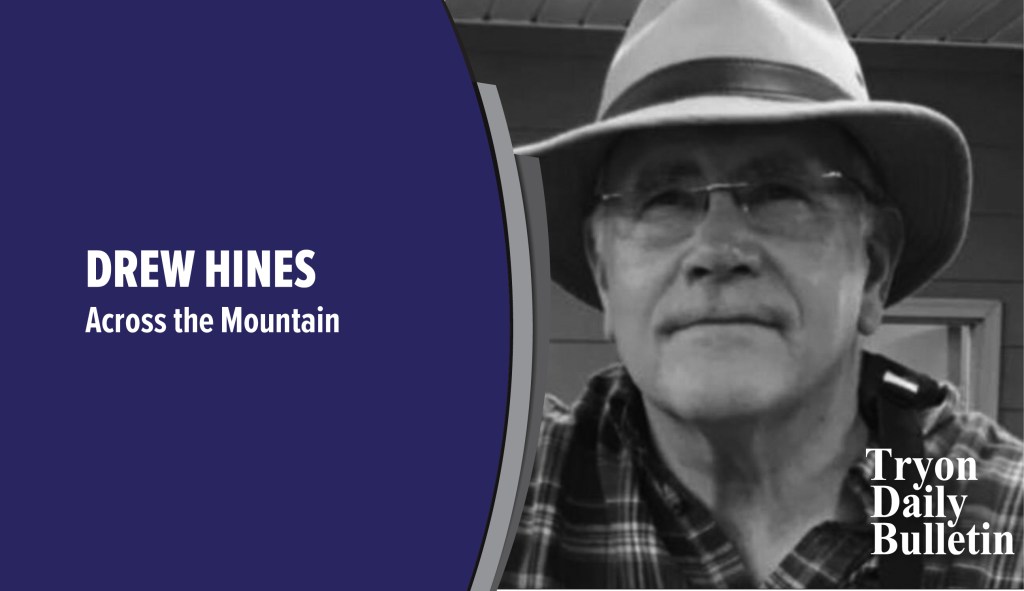Before us
Published 1:18 pm Wednesday, April 2, 2025
|
Getting your Trinity Audio player ready...
|
I was hoeing my garden early one spring when a snow-white glint in the soil caught my eye. My pulse quickened, and for good reason. I reached down and picked up a perfectly formed quartz arrowhead crafted by some Native American ages ago. I held it in my hand for a moment, fingering the sharp point and admiring the perfectly chiseled sides.
This is my yard. I’ve lived here for twenty-plus years, but someone was here before me.
I have long studied the colorful and rich history of the Cherokee people who occupied this territory for generations. I remember hearing the old timers talk about an Indian settlement that supposedly existed about a half mile from my home. Local farmers talked a lot about finding arrowheads, pottery shards, and other relics of an early Indian presence. In my imagination, I could visualize brave warriors wandering these hills close by, hunting and gathering food to feed their families. I also recalled that when South Carolina Governor James Glen signed a 1755 treaty with Cherokee Chief Old Hop he ceded what is now Greenville County and all lands west to the Indians. That means I’m living on land that would have belonged to the Cherokee two hundred and seventy years ago.
I honor that past and feel very fortunate and blessed now to be the caretaker of this property. The Brave who lost that point centuries ago could never have imagined somebody finding it again in the twenty-first century. What have I lost in my backyard that might be discovered by some unsuspecting future resident years from now?
Of course, historians tell us there were people in these parts who preceded even the Cherokee. That means many of the Indian relics we find occasionally belonged to what some call Paleo-Indians. Little is known about these early pre-historic people, where they came from or where they went, but they did leave behind their calling cards. High atop Hogback Mountain in northern Greenville County are some manmade rock structures we’re told were probably crafted by these earliest inhabitants. Pioneer settlers on Hogback also discovered intricate designs carved into rocks. These petroglyphs, as they are called, were also most likely placed there by the Paleo-Indians. I have seen photographs of the petroglyphs, and I have dreamed of seeing them in person, but much of Hogback Mountain is now restricted to hikers and visitors, so I dream on!
Nevertheless, I continue to consider my ancient backyard visitor. Whenever I dig and plant in my small garden plot, I hungrily look for another perfectly formed arrowhead. And I remember someone was here before me.
The land remains. The hills and lowlands turn green in the spring and russet brown in the fall. The creeks and streams flow, the moon waxes and wanes, and the cycle of nature continues. Yet people come and go. Even as someone was here before me there will be those who will come behind me.



